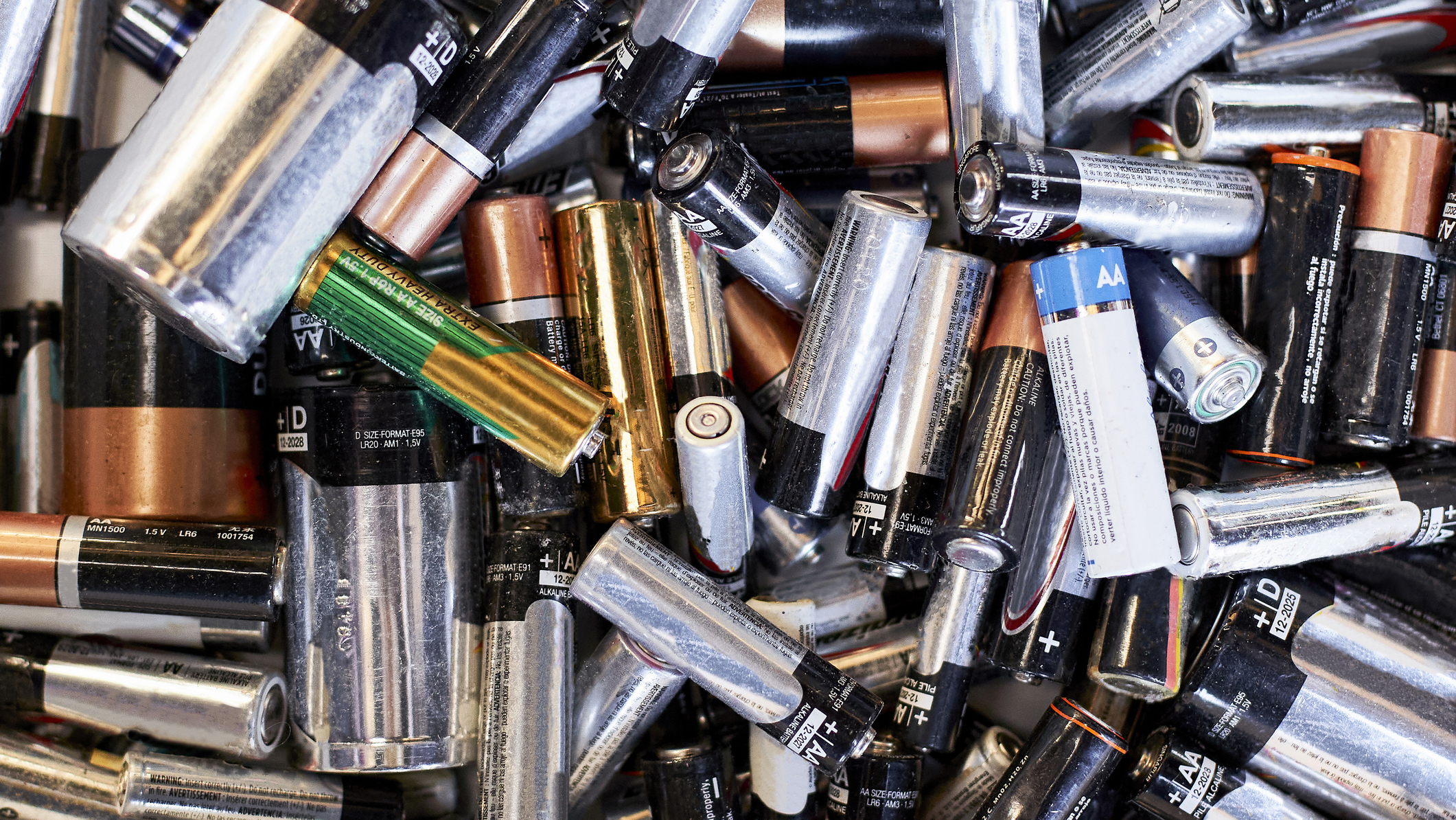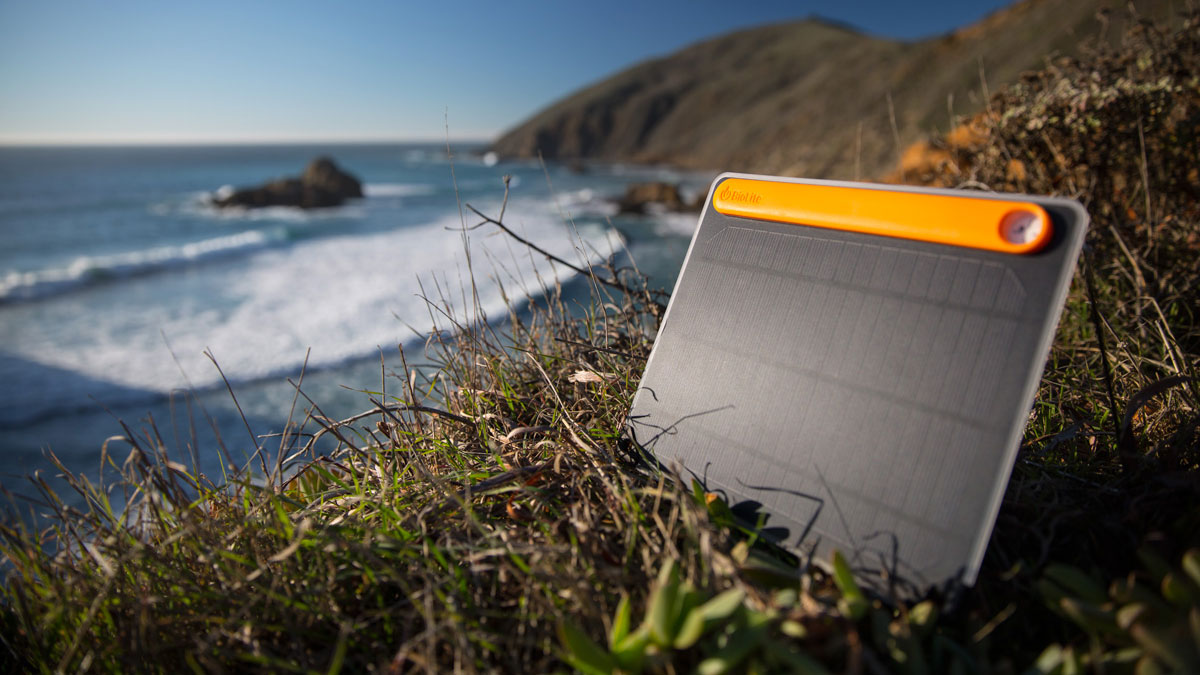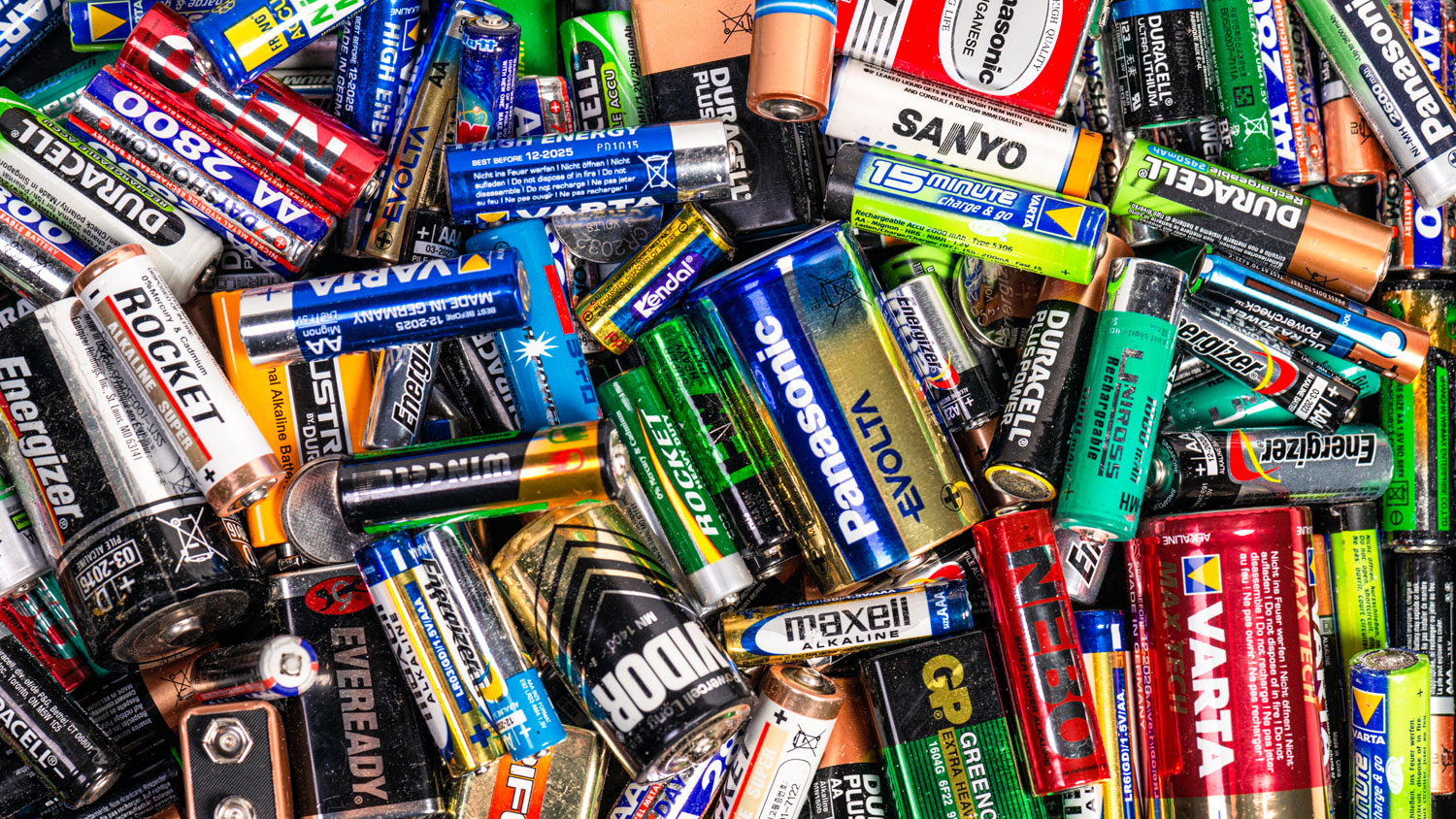Rechargeable or disposable batteries – which option's best for your hiking tech?
When you're in the backcountry, you need power you can rely on – here, we consider whether rechargeable or disposable batteries are the best option

In today's increasingly tech dominated world, we rely on electronic devices more than ever, even on the trails. Whether it's tracking our adventures on a GPS watch, finding our way through the pre-dawn dark with a headlamp, or keeping in touch with the world via a phone, we need tech more than we'd probably care to admit.
Of course, the wild backcountry isn't connected to the national grid, so batteries play a key role in how we explore the wilderness. When choosing between rechargeable or disposable batteries, there are a number of factors to consider, which is why we've put together this feature.
On the face of it, you'd think rechargeable batteries would be the easy answer, for environmental reasons if nothing else. However, our overall verdict is a hybrid approach, using both disposables and rechargeables. To find out why, and before you lace up your hiking boots for your next adventure, let's get into the considerations.
Meet the expert

Jonathan's adventures and expertise have seen him edit national magazines and write countless reviews on hiking gear and tech. As a seasoned hiker, he has plenty of experience of using batteries to power his gadgets and has fine-tuned his approach over the years.
Today's best deals
The problem with single-use
- Single-use batteries are one of the worst forms of waste, causing environmental damage
- Rechargeable batteries are a greener, lightweight solution

The choice of rechargeable or disposable batteries isn't an especially tough one. Of all the nasties that make their way into landfill sites, single-use batteries are arguably the worst. A toxic mix of heavy metals – including lead, mercury and potassium – can percolate through the soil into the water system, creating health and environmental hazards.
True, safe battery recycling systems are available, but a better, greener long-term answer lies with rechargeable batteries. A rechargeable lithium-ion battery could spare up to 900 batteries being dumped in landfill.
This is one of the primary reasons why many outdoor devices, from headtorches to GPS units and action cameras, are now powered by an in-built rechargeable battery. It’s a neat, lightweight, green solution that depends only on diligently charging up gadgets before a trip.
The problem with rechargeables
- The cold has a habit of draining batteries quicker than temperate conditions
- Dead batteries can be disastrous for a hiker relying on GPS or a headlamp
- Many modern headlamps adjust to ambient light or have multiple settings

Problems arise, however, when use extends beyond battery life. In the long, cold nights of winter this can be sooner than anticipated – both because extra hours of darkness necessitate more use, and because batteries discharge quicker in lower temperatures. And for a hiker relying on a GPS unit for navigation or a headlamp for a midnight walk, a flat battery could prove disastrous.
All the latest inspiration, tips and guides to help you plan your next Advnture!
Smarter technology is helping to overcome these issues, at least for a single night. The Petzl Nao headtorch, for example, not only has a light sensor to adjust its brightness according to ambient light – so it will use less energy under a full moon – but it also allows hikers to programme burn time; either 6½ or 12 hours. Many new headtorches now have different brightness settings that dramatically alter their battery life, from just two to three hours in super bright mode to nearly 100 hours on the dimmest setting.
Bring your own power
- Solar panels allow you to generate your own electricity
- Alternatively, you could use a pre-charged power bank

But for multi-day, off-grid hikes, devices with an integrated battery require a different solution. The eco-friendliest is a portable solar panel that drip feeds power back into the battery during the day. But be warned: solar panels depend on bright sunshine and a south-facing aspect for optimum performance, and even then the chance of recharging two or three power-hungry devices in a day is limited. In the short, dull daylight of winter, relying on solar represents a serious risk.
The alternative to solar power is a pre-charged power bank. These can be heavy and bulky (although still smaller than a solar panel), but the most powerful are capable of recharging a smartphone or headtorch at least half a dozen times, although expect fewer recharges of a thirsty GPS.
The trouble with rechargeables
- Rechargeable batteries typically hold less charge than disposable alkaline batteries
- Disposable batteries' power tends to fade slowly, whereas rechargeable batteries drop off suddenly
- Rechargeable batteries lose their charge faster when not in use
- We think a hybrid approach is best

This is one of the reasons why some hikers still prefer to depend on devices with old-school replaceable batteries when performance becomes critical. Packing handfuls of batteries, and carefully separating fresh from used, adds a bit of weight and volume to your rucksack, but AA or AAA batteries can be rechargeable. There are, however, a few cautionary notes.
Firstly, rechargeable nickel metal hydride NiMH batteries typically hold less charge than disposable alkaline batteries. Secondly, the sharp drop-off in power from rechargeable batteries means light can go from dazzling to dark in an instant, whereas a standard alkaline will decline more smoothly from floodlight to candlelight.
And thirdly, rechargeable batteries suffer from higher self-discharge, which sounds like an unfortunate first date incident, but actually relates to how swiftly a battery loses its charge when not in use. According to the Battery University: “High self-discharge is of ongoing concern to consumers using rechargeable batteries, and NiMH behaves like a leaky basketball or bicycle tyre. A flashlight or portable entertainment device with a NiMH battery gets ‘flat’ when put away for only a few weeks.”
This simply means there’s a need to check your kit a few hours before a trip to ensure all relevant batteries are topped up.
For us, the neatest solution is a hybrid approach of integrated battery and portable power pack, or changeable rechargeable batteries. Some clever pieces of kit help with this belt-and-braces approach – the Alpkit Qark headtorch, for example, has an integrated battery pack that can be removed, leaving a space where standard batteries can be inserted while you recharge the pack.
Final word: no matter how smart and economical your devices with integrated battery packs are, if you’re relying on them for light or navigation, we definitely recommend carrying a spare set of new disposable batteries (check they are still within their sell-by date) in your emergency kit.
After spending a decade as editor of Country Walking, the UK’s biggest-selling walking magazine, Jonathan moved to edit Outdoor Fitness magazine, adding adrenaline to his adventures and expeditions. He has hiked stages or completed all of the UK's national trails, but was once overtaken by three Smurfs, a cross-dressing Little Bo Peep, and a pair of Teletubbies on an ascent of Snowdon. (Turns out they were soldiers on a fundraising mission.)
